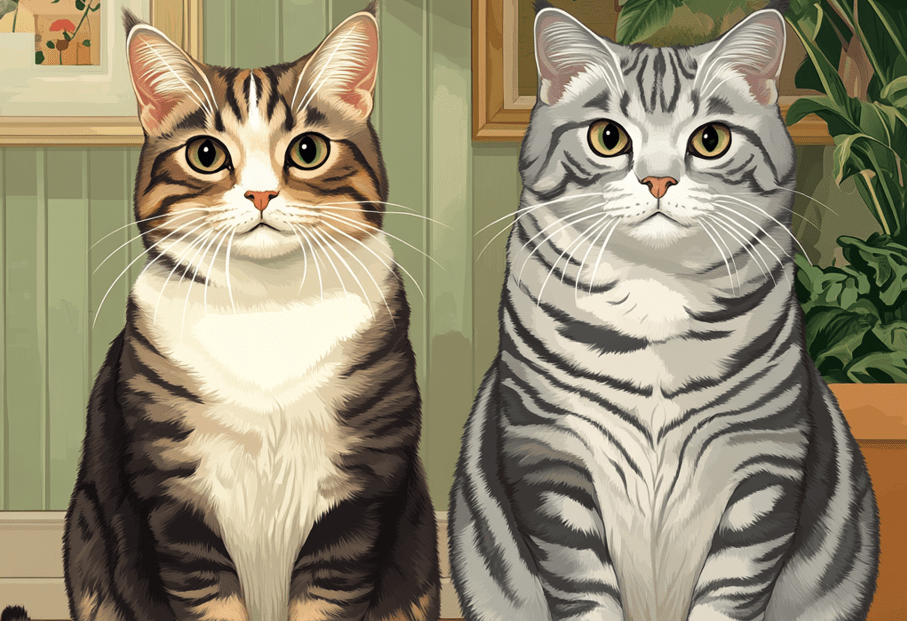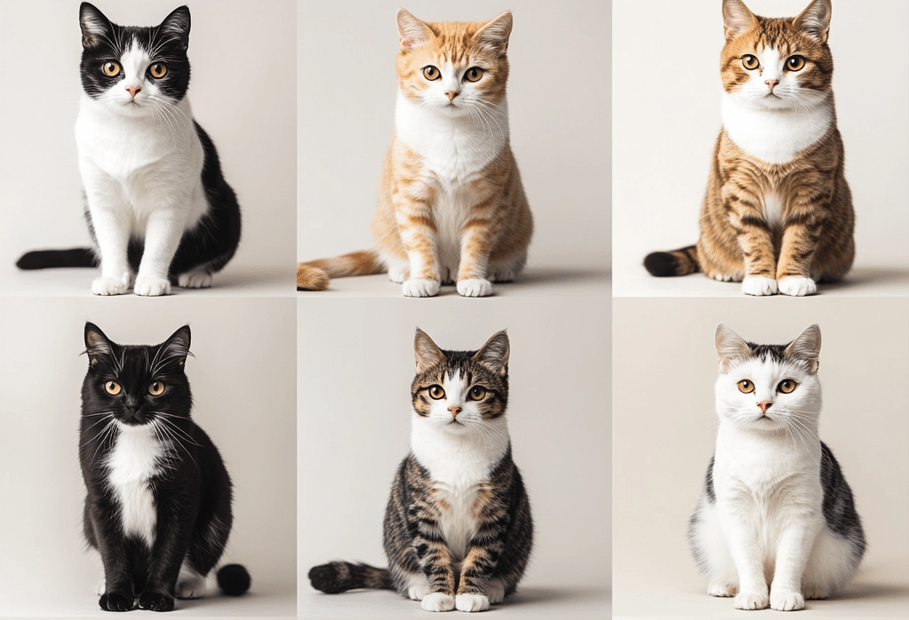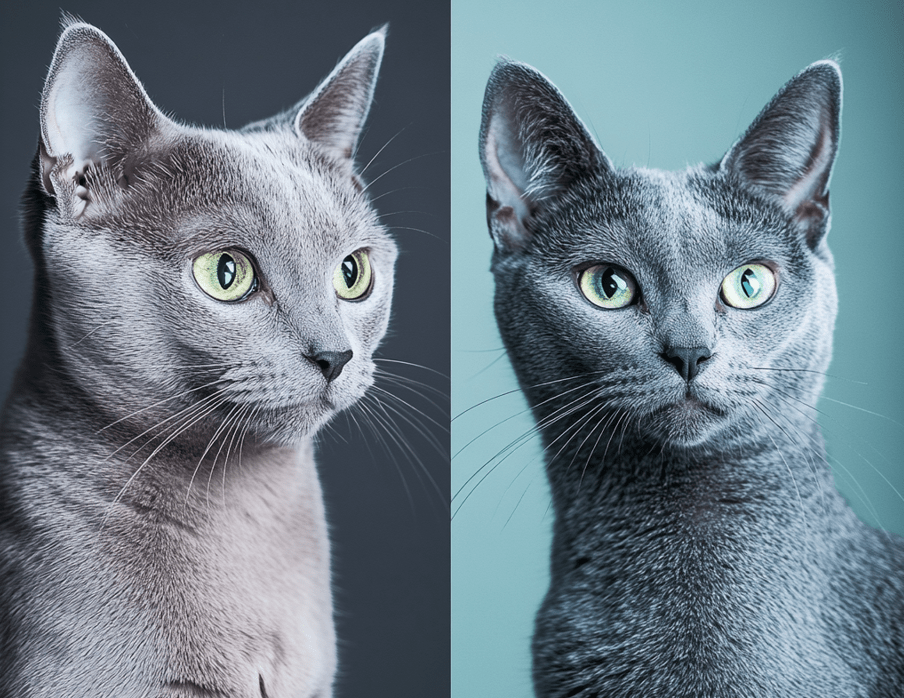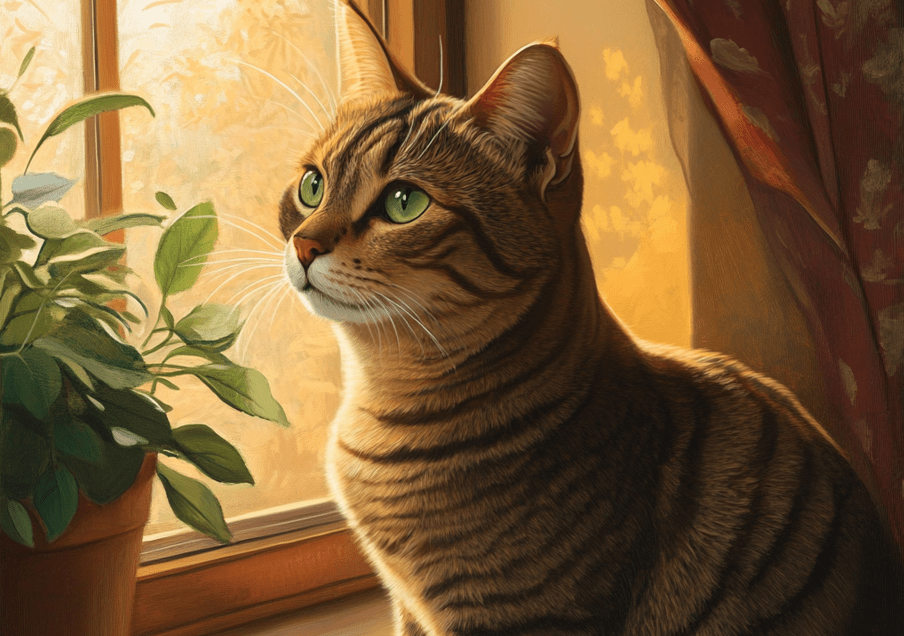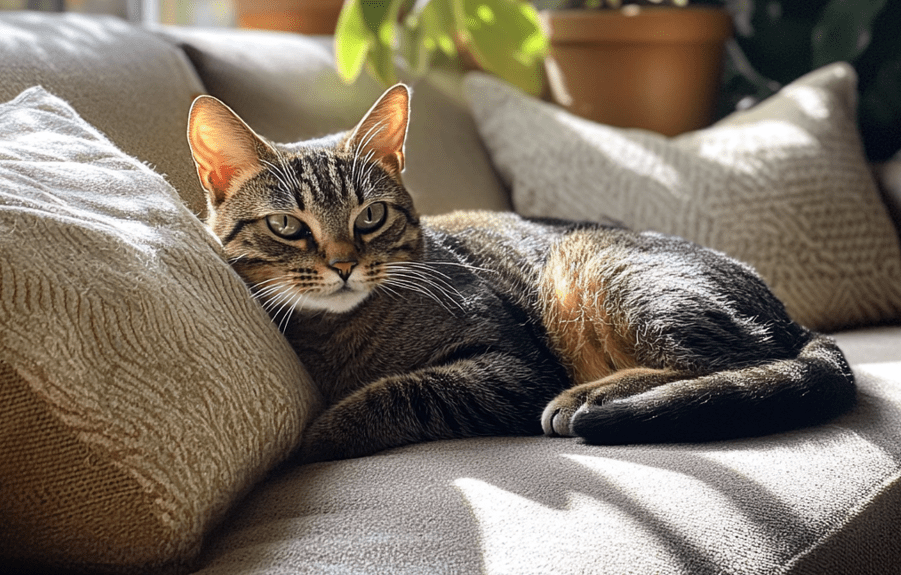
Overview
To Americans and cat lovers worldwide, the Domestic Shorthair cat is a symbol of popularity and companionship. Adopting this breed can bring an exciting experience for you. The playful behavior, adaptability, and diverse personalities of Domestic Shorthair cats make them ideal companions. This breed is famous for their appearance, temperament, and various fur colors. Not only that, they can adapt to both quiet apartments and busy family homes.
In this article, we will discuss what you need to know about adopting a Domestic Shorthair cat for your home. First, we’ll discuss their origin history, physical structure, and behavior. Then we’ll explore their necessary care and health matters. Finally, I’ll tell you what you need to know to adopt a Domestic Shorthair cat in your home. Let’s proceed.
What is a Domestic Shorthair Cat?
History and Origins
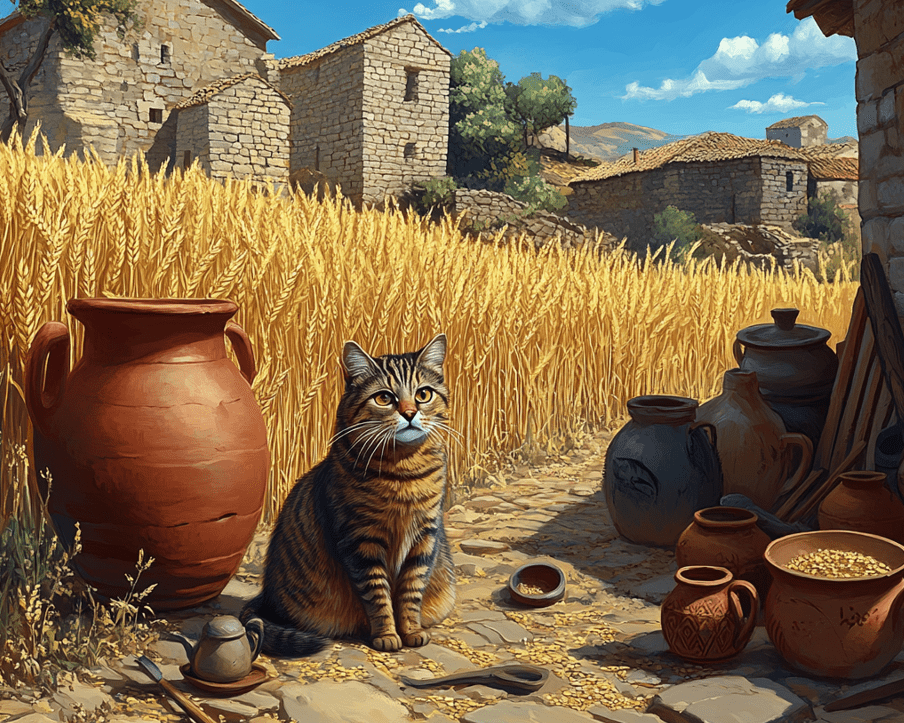
The history of Domestic Shorthair cats is as rich as human civilization. Though they don’t have a purebred, they have been inseparable companions of humans for thousands of years. They have a diverse history from ancient Egypt to modern families of present times.
About 12,000 years ago, when primitive humans started agriculture, they began keeping these cats. Initially, they were kept to protect crops from rats. Evidence of close relationships between humans and cats was found in a 9,000-year-old Mediterranean island Cyprus grave, where a cat was buried next to a human.
Roman conquerors were among the first to bring cats to Europe. In the 16th century, sailors would take cats on ships to protect goods from rats. It’s believed these sailors played a role in spreading Domestic Shorthair cats worldwide. The cats we know as Domestic Shorthairs in America began with European settlers. The cats they brought bred with local cats to expand their population. Therefore, Domestic Shorthair cats don’t have formal lineage. However, today they are famous worldwide for this genetic diversity.
How do domestic shorthairs differ from purebred cats?
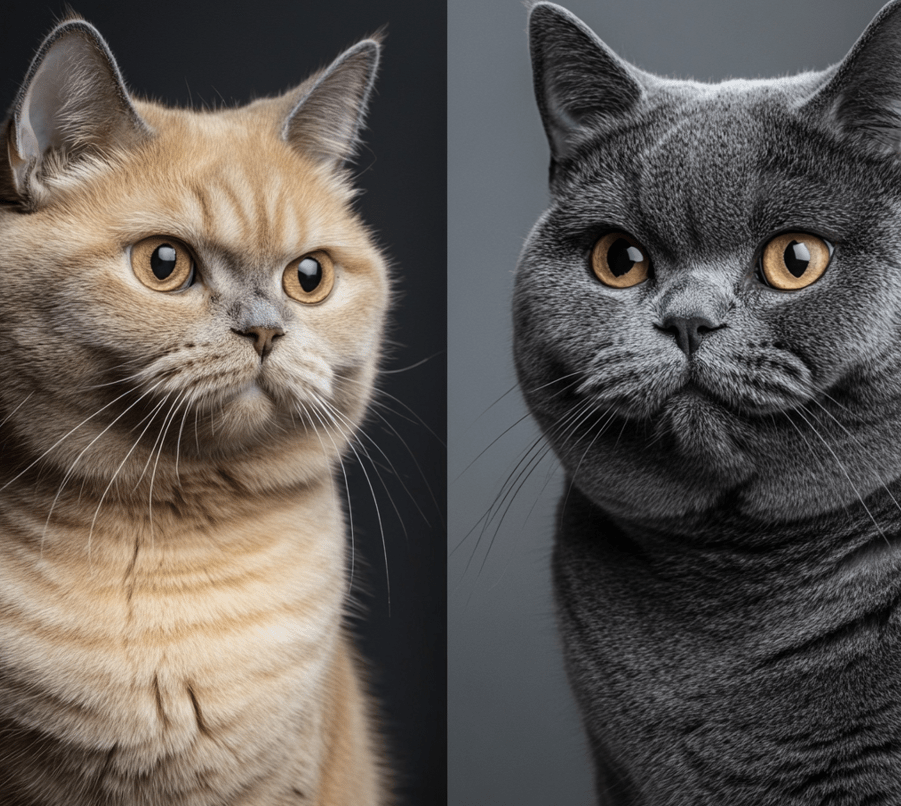
While purebred cats have definite physical structures and behaviors, Domestic Shorthair cats have varied characteristics due to their mixed breed. Purebred cats like British Shorthairs have been selectively bred. Therefore, they carry specific physical and behavioral traits. But due to their mixed breeding heritage, Domestic Shorthair cats come in various sizes, colors, and patterns.
Common Domestic Shorthair Cat Breeds
We already know Domestic Shorthair cats are mixed breeds. However, some mixtures have gained much popularity. Such as: Persian mix, American Shorthair mix, Siamese mix, Russian Blue mix, and Maine Coon mix. Persian mix Domestic Shorthairs are popular among cat lovers for their luxurious appearance and calm behavior. American Shorthair mixes are popular for their strong build and friendly personality. Siamese mixes are popular for their breed’s attractive physical characteristics. Russian Blue mixes have gained popularity for their playful behavior. Maine Coon mix is one of the largest types among Domestic Shorthair cats. These mixed types show characteristics of both their mixed breed and Domestic Shorthair cats.
Physical Characteristics.
Despite physical variations, Domestic Shorthair cats can be defined by certain characteristics.
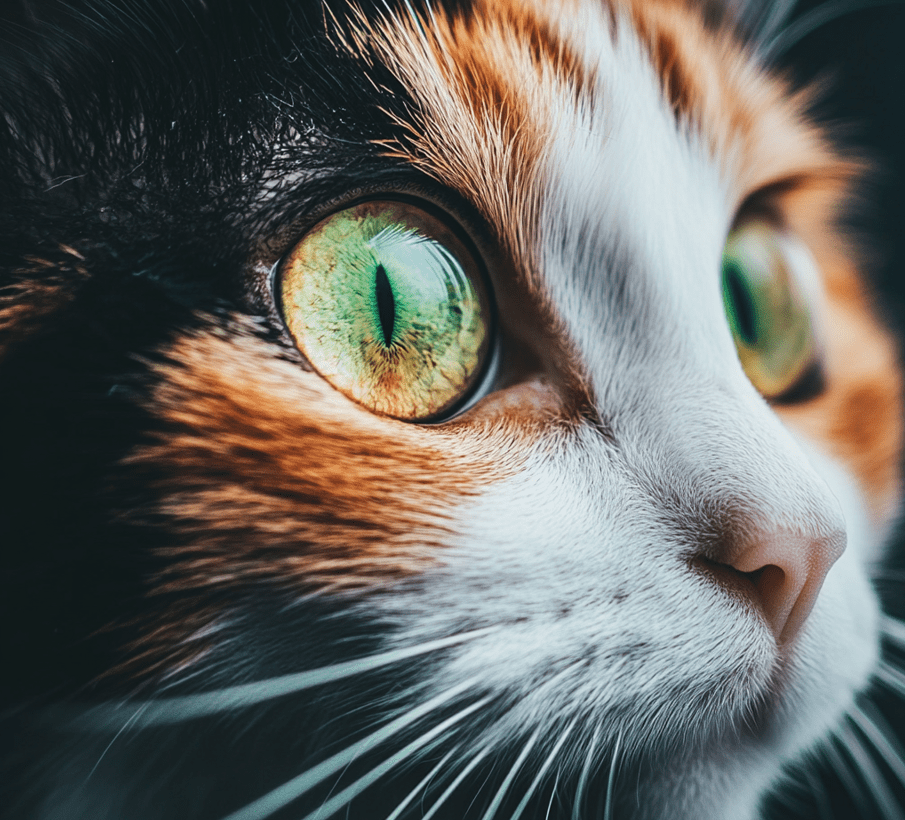
Their bodies are medium to large and muscular. Their heads are typically round. They have strong legs with round paws. As the name Domestic Shorthair suggests, they have short fur. However, they can be found in almost any imaginable color. Domestic Shorthair cats have very attractive eyes. This is because their round expressive eyes come in green, golden, and blue colors. They have medium-length tails. This medium flexibility helps them maintain balance during hunting or gathering activities. They show considerable variation in size. However, in most cases, Domestic Shorthair cats are 8-10 inches long. Their muscular large body makes them attractive.
Personality and Temperament
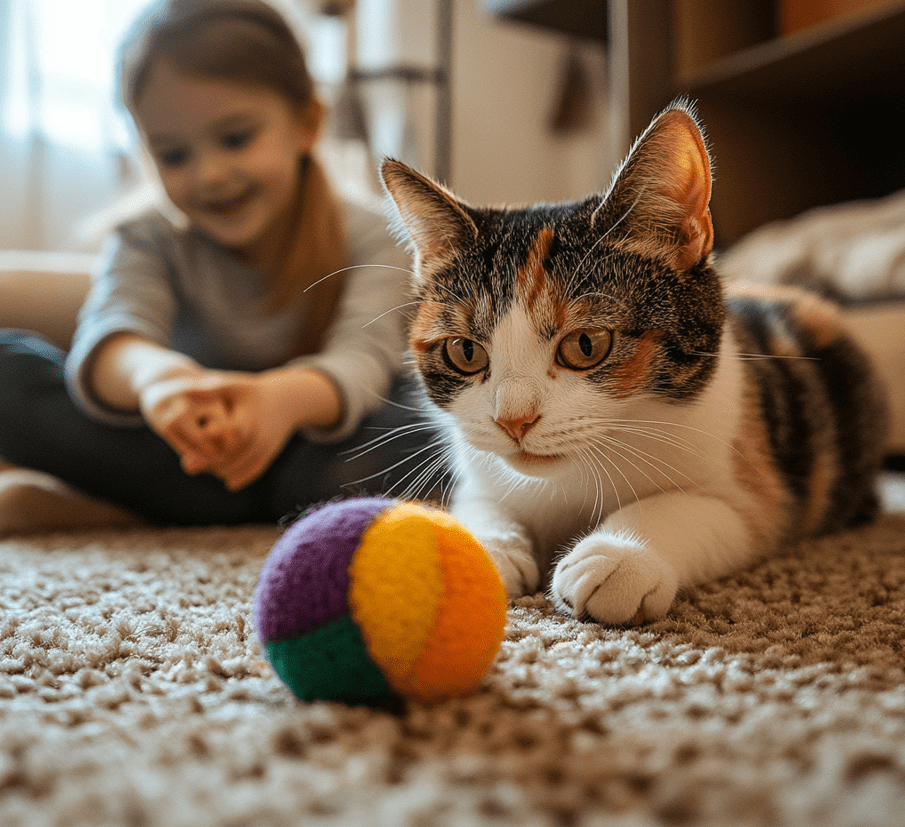
Domestic Shorthair cats are friendly and affectionate by nature. They might be reserved initially. But as they become familiar with everyone, they become friendly and active. They will try to build friendly relationships by sitting next to you, making meowing sounds, or rubbing their heads. Therefore, they can easily become loyal companions for young children and adults. They are very intelligent by nature. This intelligence allows them to be trained for tactical tasks. These intelligent Domestic Shorthair cats can learn routines very quickly. They also like interactive toys. Therefore, they easily become entertaining companions for humans.
Their adaptability is one of the characteristics that sets them apart from other cat breeds. They can easily adapt to both quiet environments and busy family homes. This characteristic is also seen in their ability to adapt to other family pets. Therefore, they can be ideal members for a house with multiple pets. However, this doesn’t mean they need constant companionship. They can entertain themselves when needed. But keep in mind that long-term monotony can negatively impact their behavior. Therefore, you can keep them busy with toys.
You need to be aware of their temperament. Because they are mixed breeds, they display various types of temperaments. However, socialization is initially important for friendly behavior. Some breeds can be very extroverted, some introverted, and some breeds can have moderate temperaments. No matter how active they are, they show calm behavior during rest. They prefer to curl up in a comfortable corner for long naps. As descendants of hunters, hunting behavior is also observed in them. This characteristic is displayed through chasing moving objects like laser pointers or toy mice.
Care Requirements
Grooming Needs
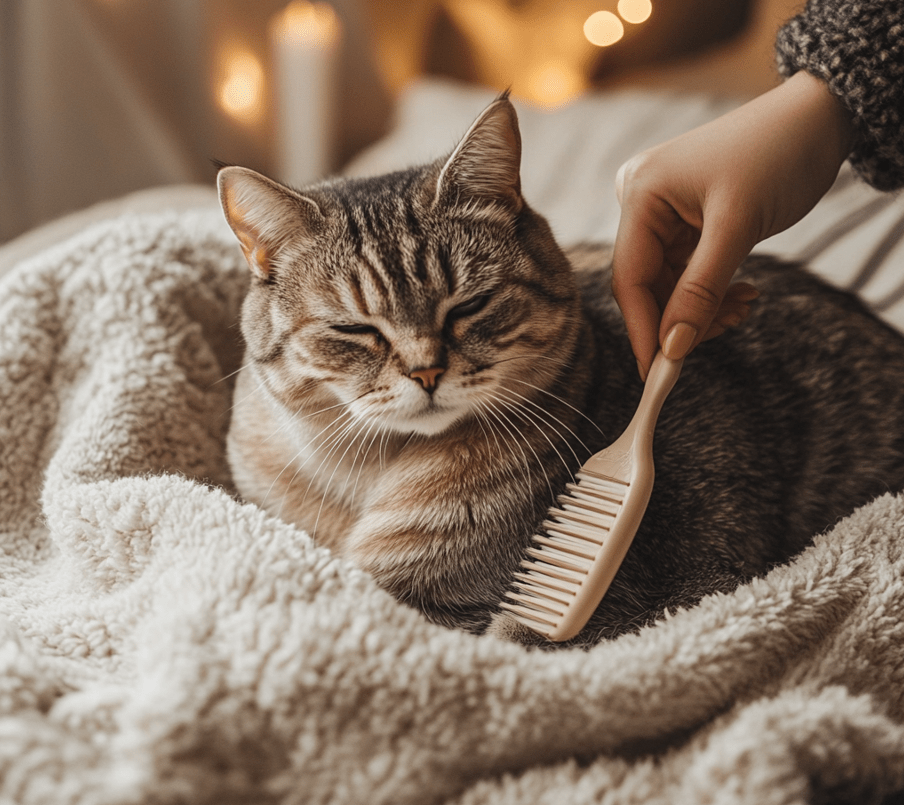
Domestic Shorthair cats have gained popularity due to their low maintenance requirements. Being short-haired cats, they don’t need much grooming care. Brushing once a week is sufficient for their coat care to remove loose hair and stimulate natural oil production in the skin. However, they are known as self-groomers. They don’t need bathing unless they come in contact with something dirty. Regular nail trimming is important. This prevents overgrown nails and discomfort. Like nails, regular brushing is important for dental care. This reduces oral health problems. Through these small care routines, you will build a bond between you and your cat.
Diet and Nutrition
The diet of Domestic Shorthair cats should contain plenty of animal-based protein. To meet this requirement, you can feed them 70 percent high-quality protein-rich cat food. However, carbohydrate-rich foods should be avoided to prevent excessive weight gain. Wet food can be given for weight control. It contains fewer calories and provides hydration. However, dry food can also be given. This is beneficial for dental health. Adult Domestic Shorthair cats may need
Exercise and Enrichment
Domestic Shorthair cats need regular physical activities to stay healthy. Because this not only maintains a healthy weight but also reduces excessive meowing or stress-related behaviors.
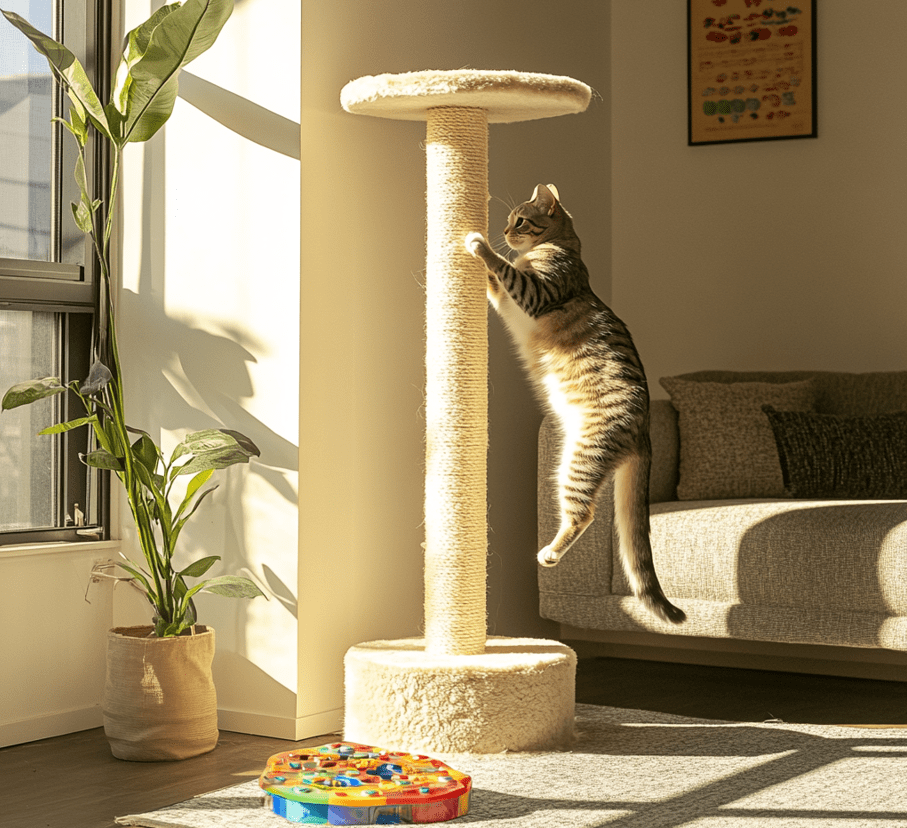
For physical activities, you can set 30-40 minutes of playtime divided into several short sessions of 10-15 minutes. During this playtime, you can provide puzzle feeders or treat-dispensing toys to help the cat develop problem-solving skills. You can install cat trees or shelves at home. Because Domestic Shorthair cats prefer vertical spaces.
Health Considerations
Domestic Shorthair cats generally remain healthy. However, they are at risk of several diseases.
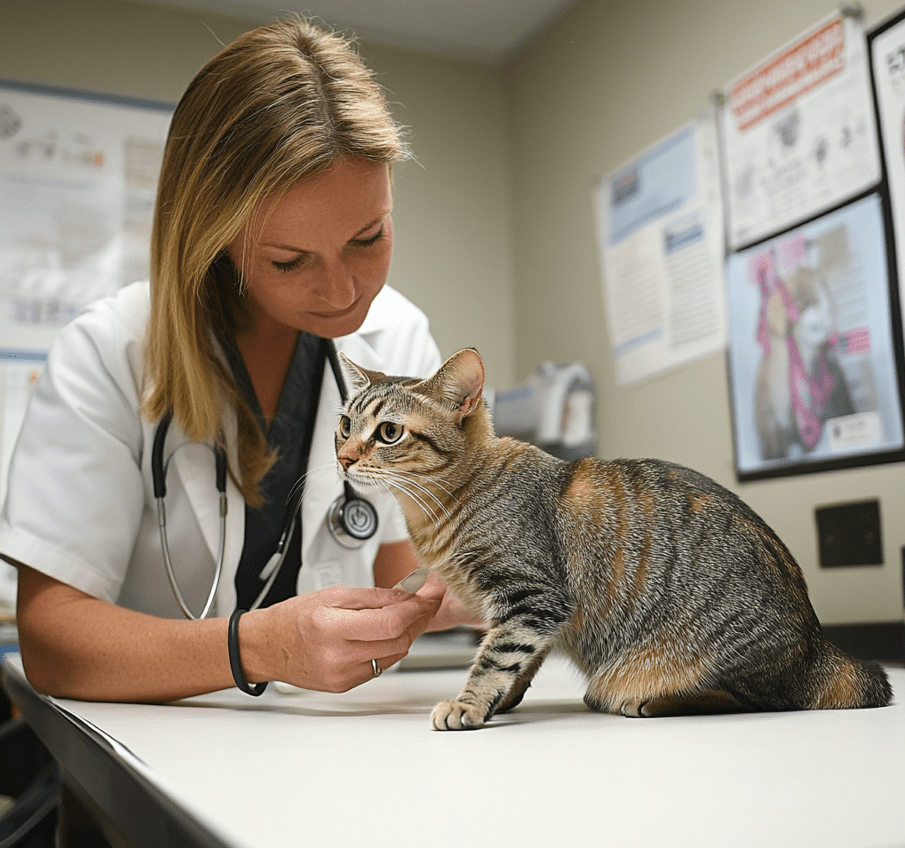
Obesity
One of the most common health problems among Domestic Shorthair cats is obesity. This can be caused by improper diet habits or lack of regular exercise. However, obesity can increase the risk of diseases like diabetes or heart disease. This risk can be reduced by monitoring their diet and exercise.
Dental Disease
Domestic Shorthair cats can develop periodontal disease due to plaque and tartar buildup on their teeth. The symptoms of these dental diseases include bad breath or gum inflammation. However, dental health can be maintained through regular dental care and treatment when sick.
Hypertrophic Cardiomyopathy (HCM)
In HCM, a heart disease, the heart muscles of Domestic Shorthair cats become thick. When affected by this disease, cats breathe rapidly. This disease impairs the ability to pump blood. There is no cure for HCM. However, there is a chance of recovery through early detection via regular veterinary screening.
Skin Diseases
Domestic Shorthair cats can develop skin diseases due to various reasons. Skin diseases may include itching, redness, or hair loss. These diseases can be caused by allergies, flea bites, or environmental irritation. However, these types of diseases can largely be prevented by taking precautions.
Diabetes
Domestic Shorthair cats can also develop diabetes. This is closely related to obesity problems. However, to determine if a cat is at risk of diabetes, their eating habits and behavior need to be monitored. If a cat experiences increased thirst, frequent urination, or weight loss despite hunger, diabetes testing should be done. However, if diabetes develops, good health can be maintained through insulin therapy and diet adjustment.
Living with a Domestic Shorthair
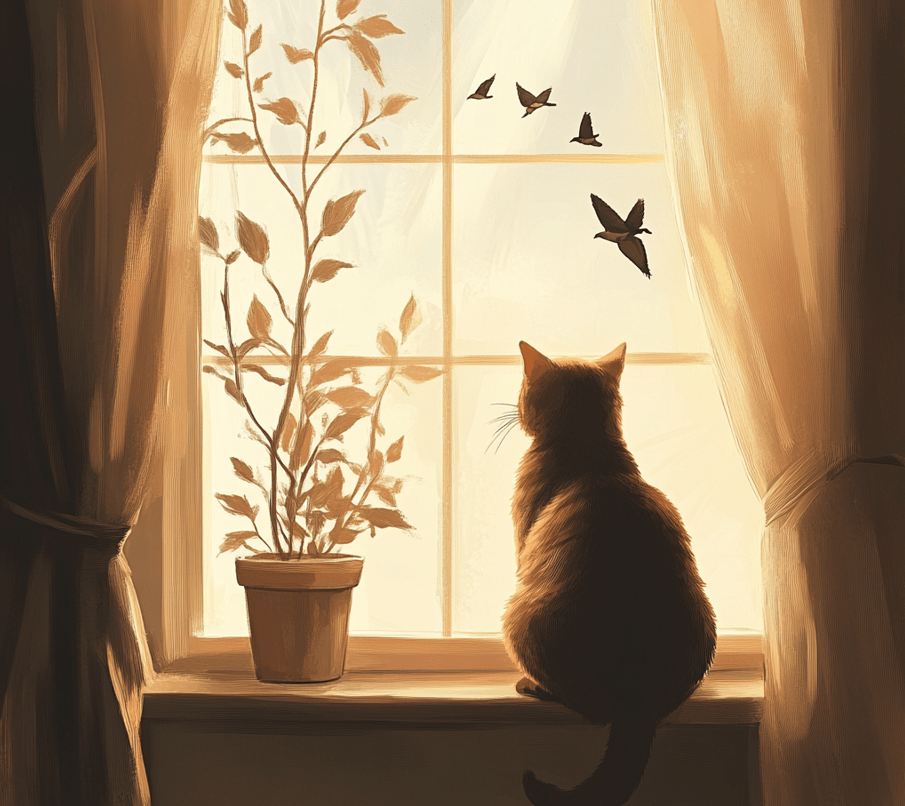
Domestic Shorthair cats are most popular for their adaptability and friendly temperament. They can adjust to both quiet homes and busy families. Let’s learn about how Domestic Shorthair cats adapt to indoor living.
They don’t need too much space indoors. However, they need mental and physical stimulation. That’s why they are suitable for apartment dwellers. Like other cats, they can follow routines. They prefer homes that aren’t too chaotic. However, it’s better to keep Domestic Shorthair cats indoors. But to keep them well indoors, it’s essential to create an enriching environment. You can install cat trees or shelves. Domestic Shorthair cats can use these for climbing and sitting. However, they enjoy safely watching nature from inside through windows.
The sociable nature of Domestic Shorthair cats has been mentioned before. They easily enjoy the company of familiar people. But there are some exceptions. They don’t demand excessive attention. For example: they feel equally content taking rest alone. This balance has made them loving creatures without constant demands.
They can also easily mix with other pets in the home. They can even adjust with pet dogs. However, in such cases, initial attention must be given to socialization.
Preparing for Adoption
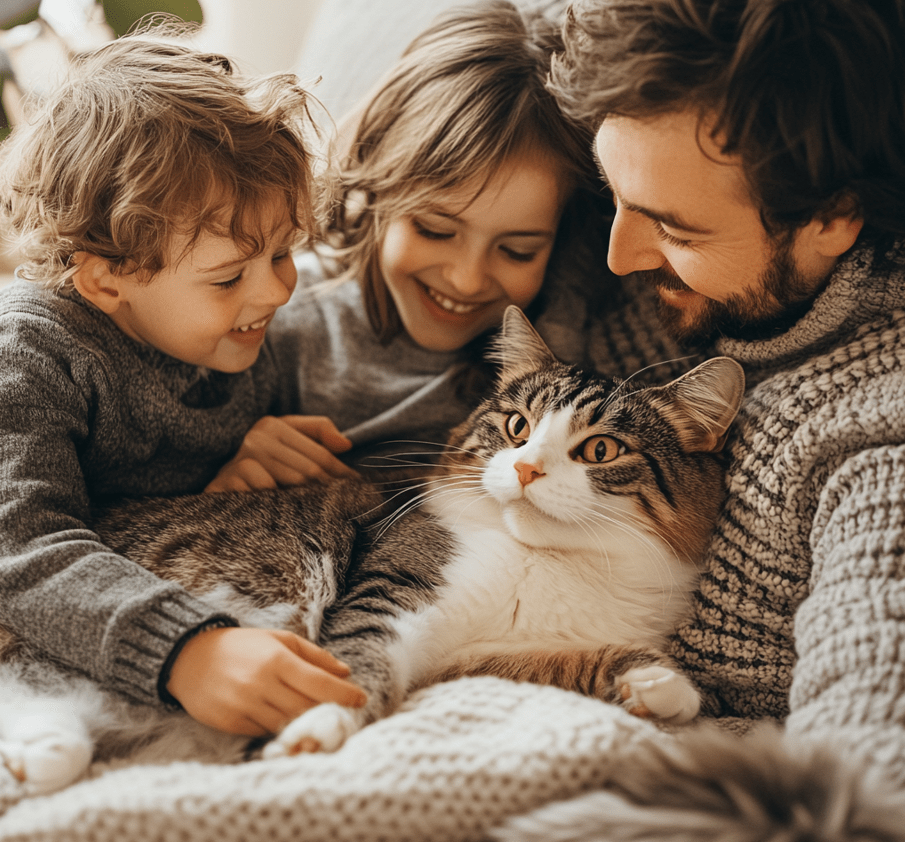
After everything you’ve learned about Domestic Shorthair cats so far, it’s natural to consider adopting one. It will certainly give you a wonderful experience. However, there are several other factors you should consider before making this decision. You need a well-thought-out plan to bring a Domestic Shorthair cat into your home.
After this planning, the first consideration will be the type of Domestic Shorthair cat. They are a mixed breed cat. That’s why this decision is important. You need to first select what kind of mixed breed you want. Because there are some characteristic differences among Domestic Shorthair cats according to their breed.
Then you need to think about your lifestyle and family dynamics. Feeling a bit surprised? You’ll understand when you know the details. Domestic Shorthair cats have a lifespan of 12-20 years. You need to be committed to this time period.
Then comes the matter of care. Domestic Shorthair cats will need less maintenance. But you need to consider if you have time for even that minimal required care.
The financial aspect is no less important. You need to consider the expenses that will be incurred for the cat’s food, care, and medical treatment.
Above all, by evaluating your lifestyle and the lifestyle of a Domestic Shorthair cat, you can make a fruitful decision about adopting a Domestic Shorthair cat.

